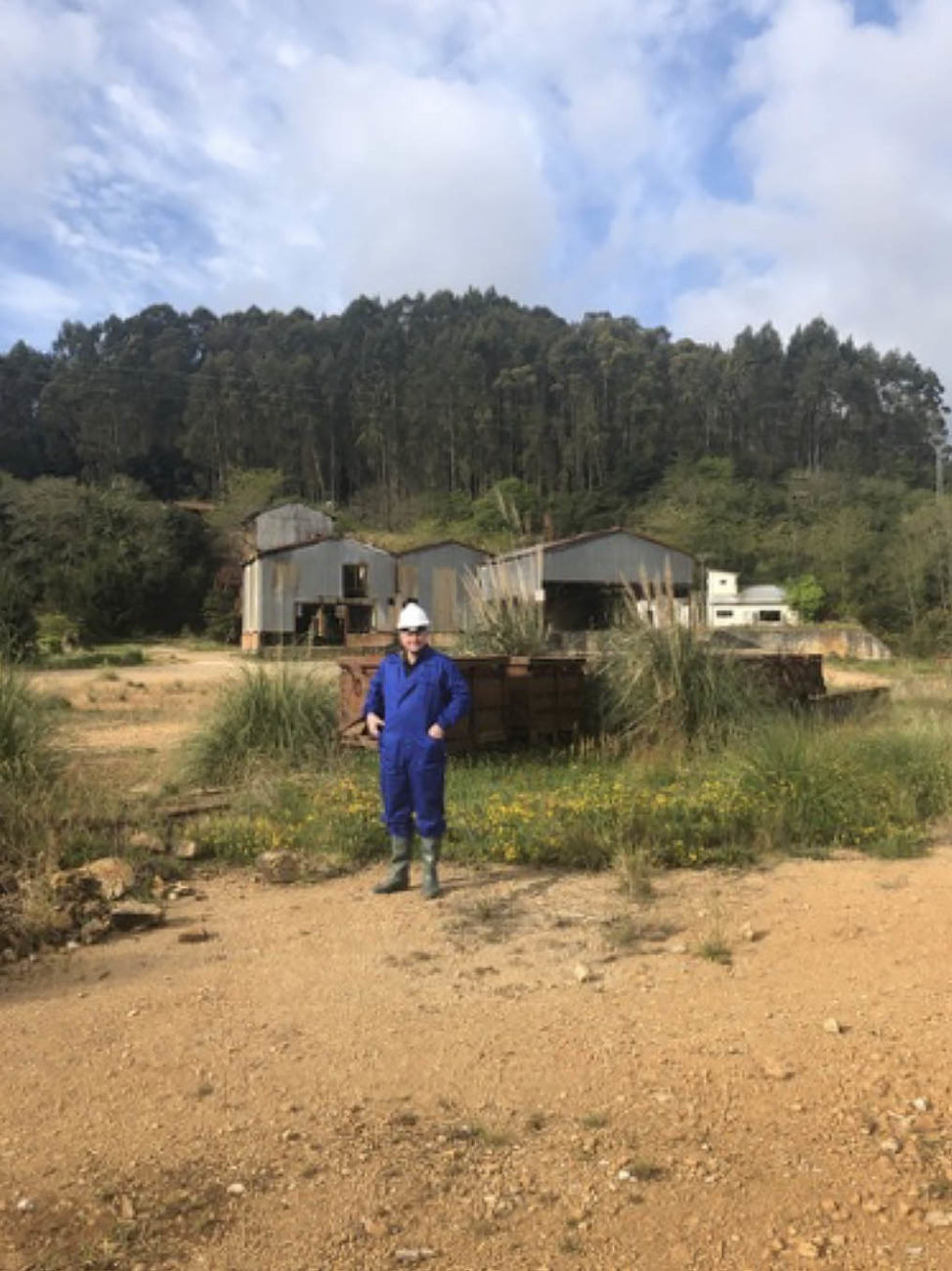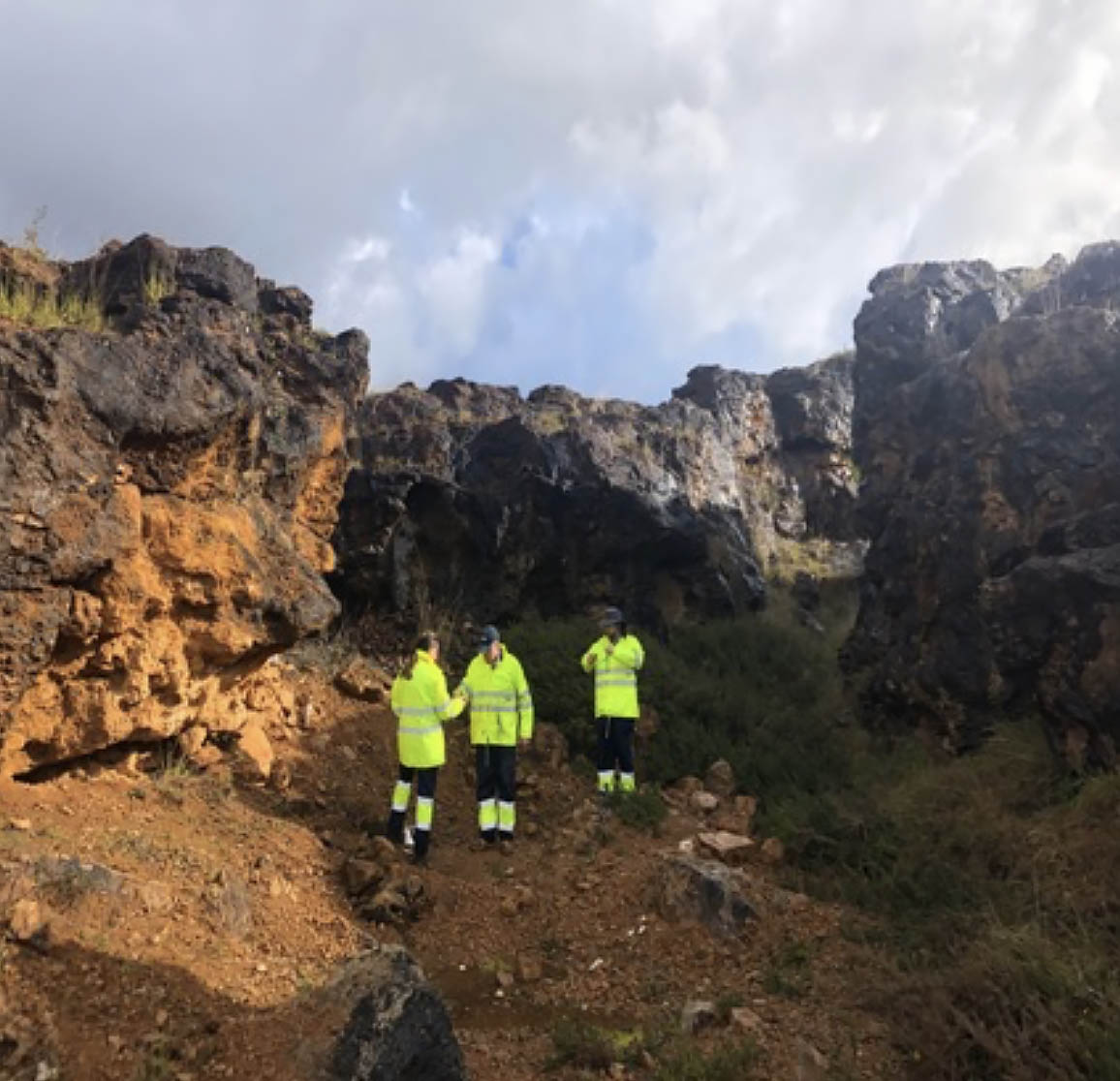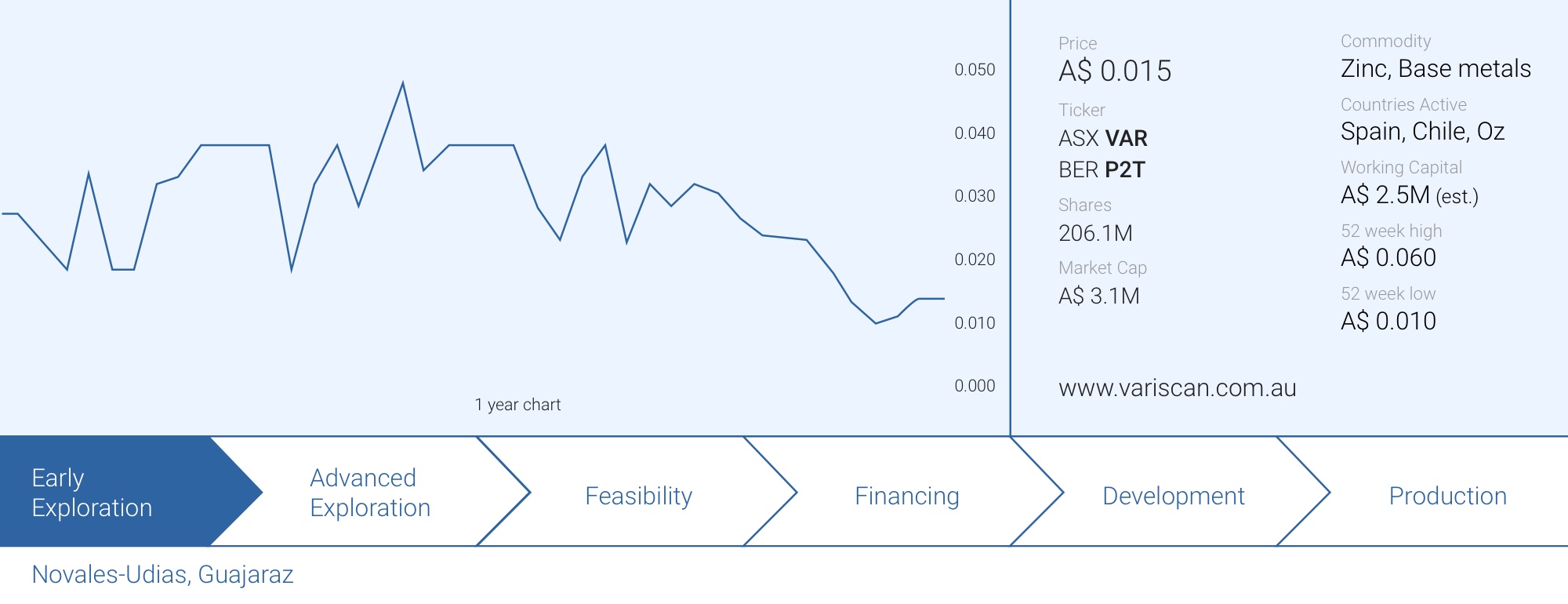
Every once in a while a new interesting company pops up on our radar screen, and after a quick first look at Variscan Mines (VAR.AX), we got in touch with CEO Stewart Dickson. We discussed the company’s flagship Novales-Udias project in Spain’s Cantabria province, and Variscan’s plans for the future.
Variscan looks over-looked and certainly under-valued. Earlier this year, Variscan completed a 20:1 rollback of its stock and although its share price is still just A$0.015/share, there are currently just 206.1M shares outstanding for a current market capitalization of approximately A$3M. Surprisingly, the company still had in excess of A$2.5M and no debt as of the end of December after successfully raising money at A$0.04 (post-split), which is more than 3 times higher than what Variscan currently is trading at. This means Variscan’s enterprise value is currently close to zero and the company could be able to attract more investor interest once people start caring about base metals again.
About the projects
How did you come across the two Spanish projects, and why did you decide they would be a good fit for Variscan Mines? What were the acquisition terms?
Varsican was going through a process of substantial change and was conducting a global search for high-quality, value-accretive acquisitions of base metal assets. Through our networks we were introduced to the vendor group led by Slipstream Resources, based in Sydney. We were seeking to acquire well advanced projects with the potential for near-term cash-flow. We believe that the Spanish zinc assets tick all the boxes and it was a transformational deal for the company.
Initial consideration for the acquisition was A$2.2M payable through the issue of new ordinary shares and the assumption of obligations to repay debt of A$0.6M in cash. Additional milestone-based consideration, conditional on the delineation of JORC Mineral Resources of A$2.2M to be satisfied through the issue of new ordinary shares.
The vendors agreed to a voluntary escrow of the shares and the fact that the consideration was heavily geared towards receiving shares and escrowed aligned all parties interests.
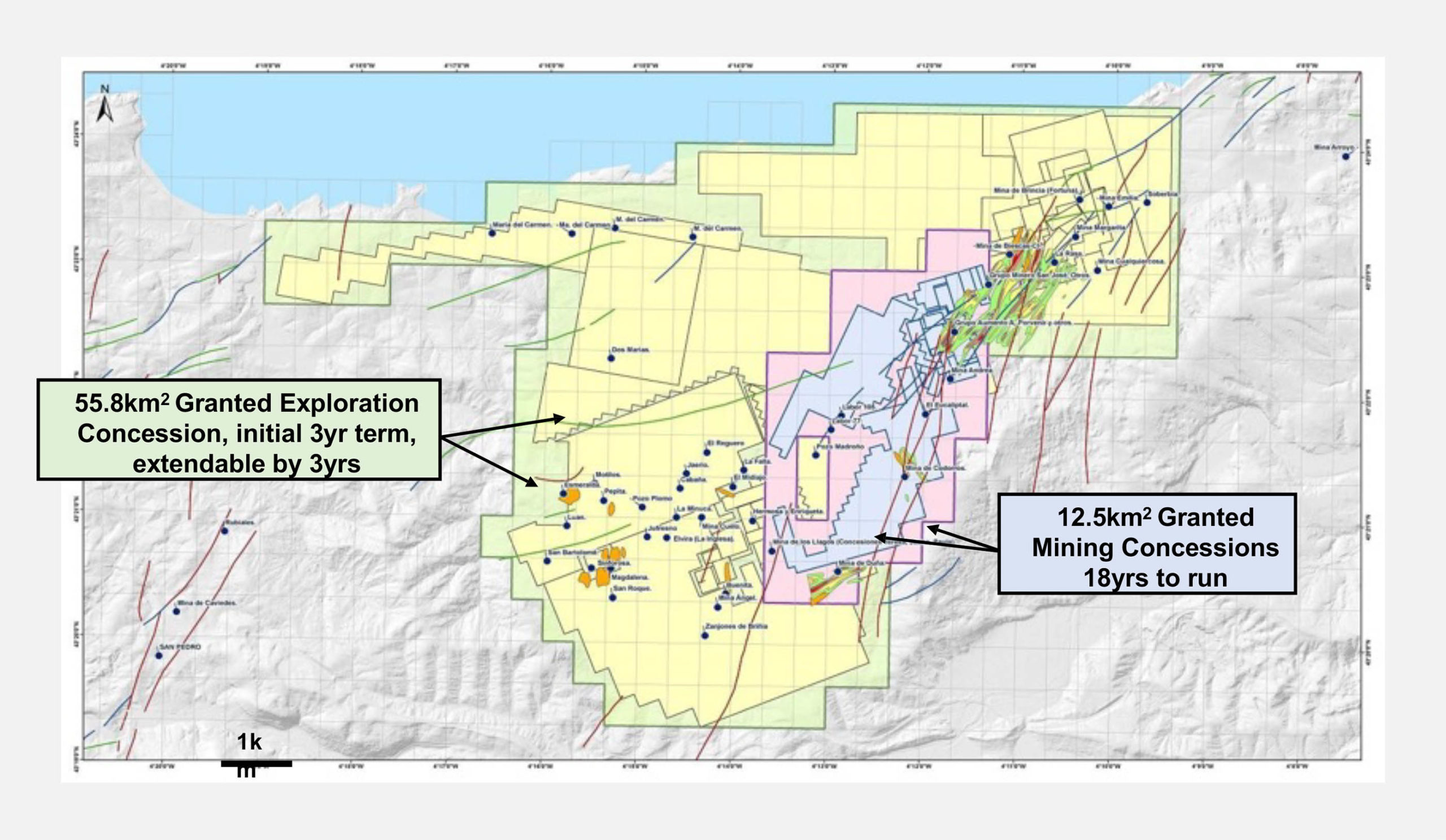
Your Novales-Udias project in Spain is your number one priority right now. Understandable, given the proximity to the Reocin mine which has an estimated remaining resource of 62 million tonnes at 9.7% ZnPb. Can you elaborate a bit on the flagship project and you upcoming plans to advance the asset? What would you need to complete a maiden resource estimate at Novales?
The Novales-Udias Project certainly is our Number 1 priority. It is centred around the proven, former producing, high-grade underground Novales mine. It consists of a 68.3km2 tenement holding incorporating an existing mining licence as well a significant exploration area which has hosted smaller scale mining operations historically. Therefore, it is a proven and prospective area for zinc mining. The project presents a two-fold opportunity; the potential for early production at the former Novales Mine as well as to delineate a significant mineral resource over the wider land package which hosts multiple historic workings.
We have recently collated (and announced) a substantial historic dataset comprising over 39,000m of surface and underground drilling. This is invaluable as a cost-effective exploration tool and provides a head start for geological and resource modelling. Variscan’s work in establishing the in-situ mineralization is underway and consists of digitization of historic mining plans and an underground laser survey of the underground workings, when circumstances allow.
This will indicate what has been exploited previously and give us the basis to publish a JORC compliant Exploration Target or Mineral Resource Estimate. Additional work such as underground channel sampling and drilling will be used to enhance this process.
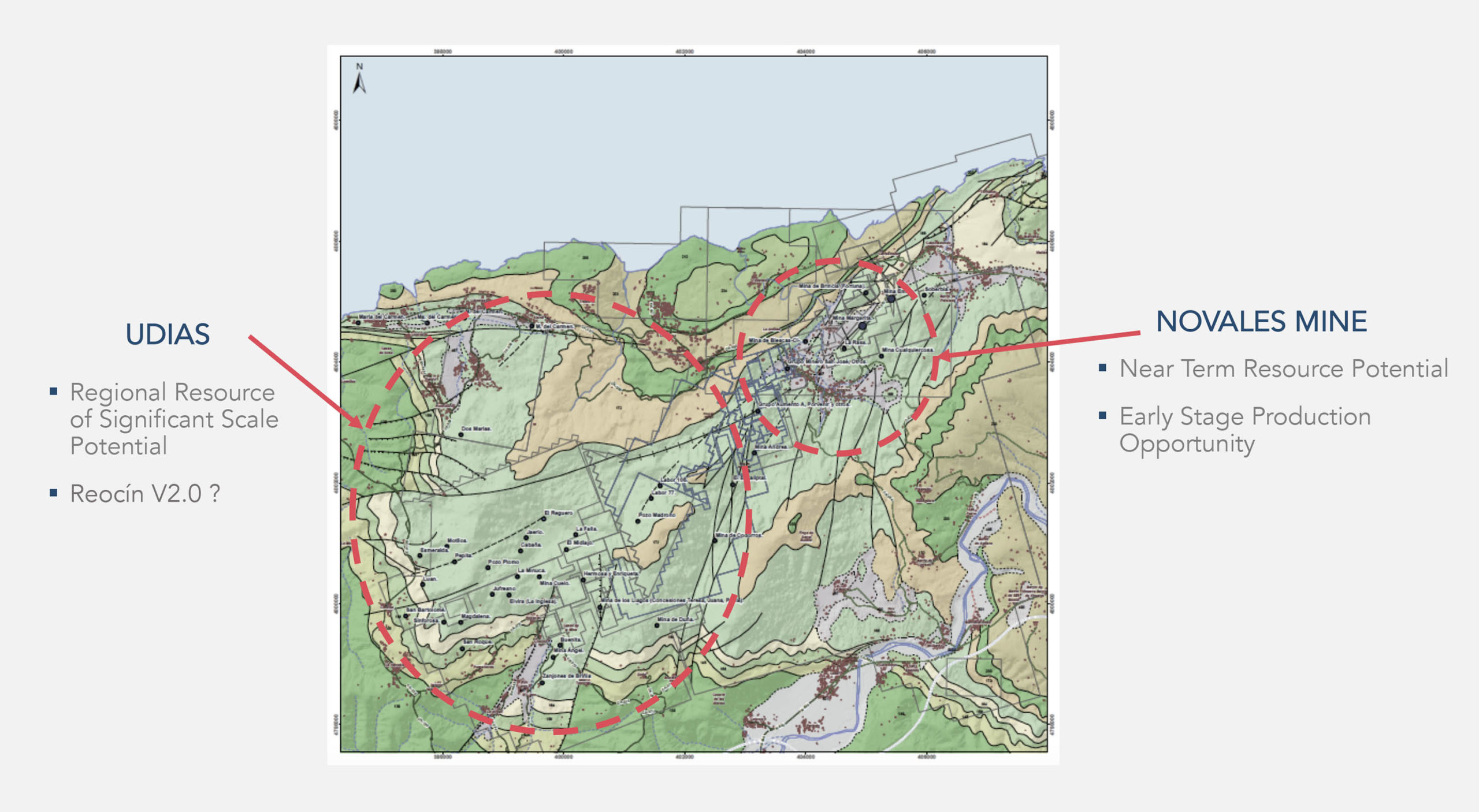
Novales-Udias was a past-producing mine. Do you have any historical data on the production, metallurgical process, recovery rates and the quality of the zinc concentrate?
Having access to a lot of data is a real bonus of the project. We are working through an archive of historic production data. Indicatively we understand the average mined grade to be reported as ~7% Zn. We have found historic production records reporting concentrates with 55.65% Zinc and 0.66% lead. In particular, we think we have the old flow chart diagrams from the plant (which is still standing but unserviceable).
There will be more to follow on this once we’ve got it finalised. I am thinking that they didn’t have DMS (‘Dense Media Separation’) installed in the circuit and so perhaps there is scope for the Zn% to increase further… Basically they produced a saleable, profitable product in a much lower price environment to the San Juan smelter (operated by Glencore (GLEN.L)) which is ~80km away. I don’t expect that model to change much as we progress…
When does your initial 3 year exploration license expire, and are there any requirements (work commitments) during that period before Variscan will be able to apply for a 3 year extension?
The Exploitation Concessions in connection with the former underground Novales mine are currently valid and enforceable. Their expiry date would not be due until July 2035, with the possibility of extension.
The Investigation permit over the Buenahora exploration area were awarded after public tender in January 2019 and are due for renewal in January 2022. The licence has certain spending and work requirements and authorisation from the environmental authorities would be required for renewal (as is customary in Spain).
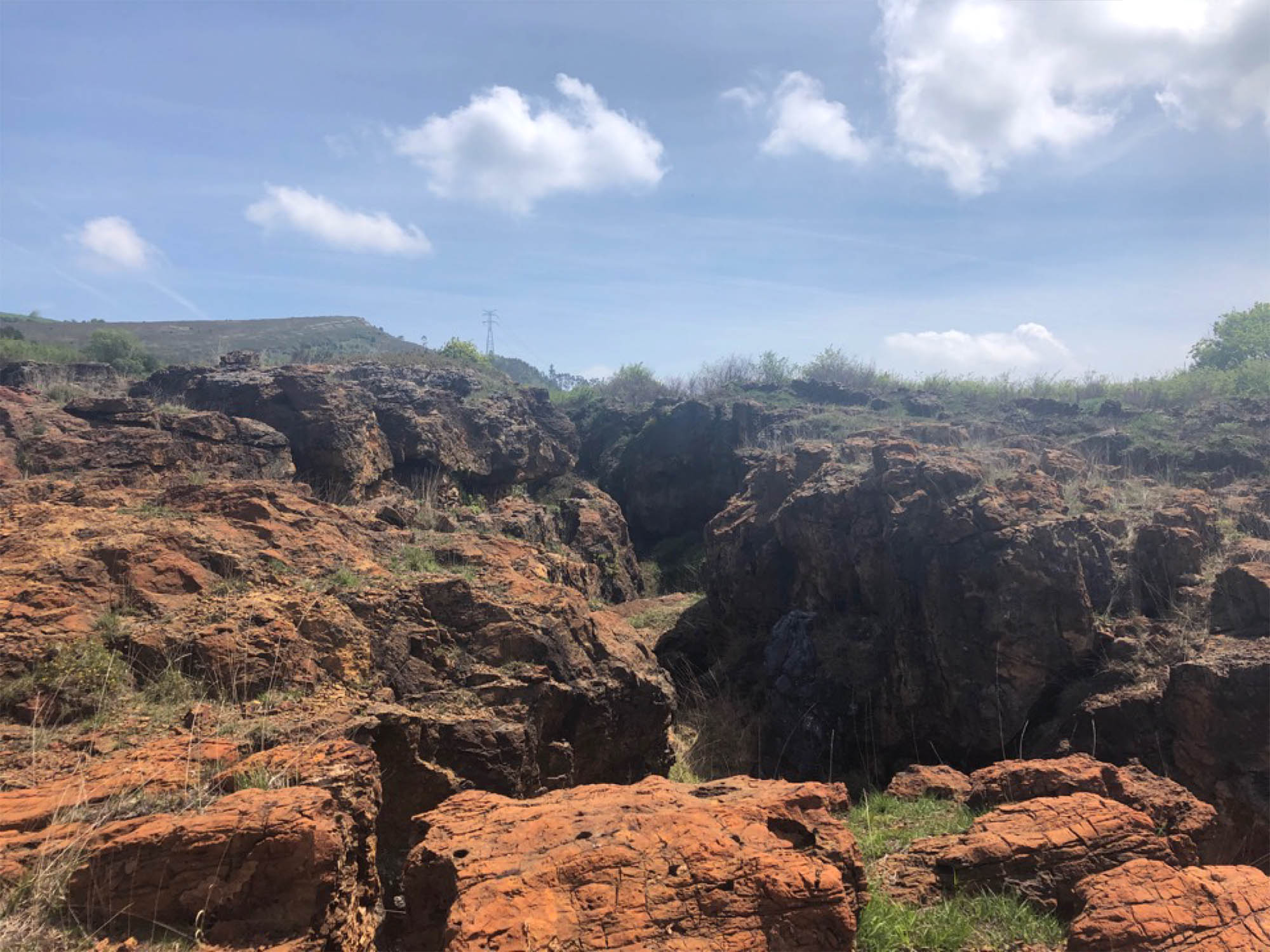
The Reocin mine shut down in 2003 but as mentioned above, it contained about 60 million tonnes of mineralized rock. Who owns the project now, and are there any synergies for Variscan if both assets could be combined within one company?
The Reocín mine was a long-life operation and globally significant MVT (Mississippi Valley Type) style zinc deposit. The total metal endowment of the Reocín deposit, including past production and remaining reserves, is 62 Mt of ore grading 8.7 percent Zn and 1.0 percent Pb. For many years it was owned and operated by Asturiana de Zinc SA which was acquired by Xstrata in 2001. Glencore (which acquired Xstrata) still own and operate the San Juan de Nieva smelter in Asturias (~80km from the Novales Mine) which is one the world’s largest smelters with close proximity to European markets.
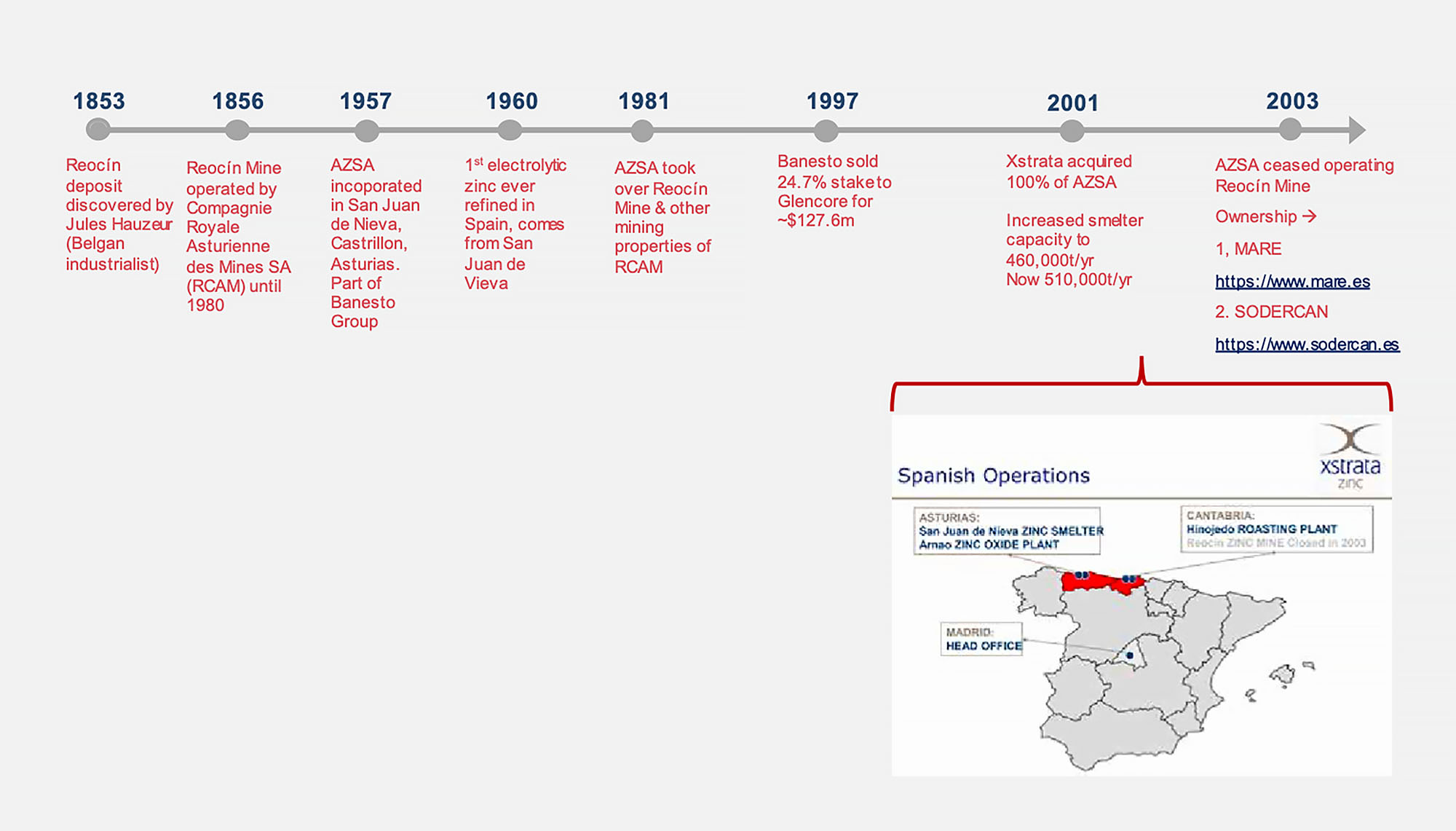
Our understanding is the former Reocín mine is currently owned by Spanish authorities and agencies.

A few weeks ago you announced some assay results from historic drill programs with nice intervals between 2-4 meters thick and grades exceeding 20% zinc with one spectacular interval of 21.6 meters containing 22.4% zinc. How should we interpret that final hole? Is that an outlier or a potentially new breakthrough the previous operator didn’t follow up on?
We believe that the historic drilling data is a game changer; it is a smart and efficient way to understand the potential of the mineralisation. The data has consistently produced results showing high-grade zinc intervals of potentially mineable widths. We are working to establish the status of the historic mineralized intervals as remaining in-situ or having been exploited.
The planned underground 3D laser survey is key to that work. At this stage we are greatly encouraged by the high-grade historic underground drilling results. Specifically, the 21.6m interval from hole 178-240/100 is considered to have been drilled through the mineralised body rather than across it.
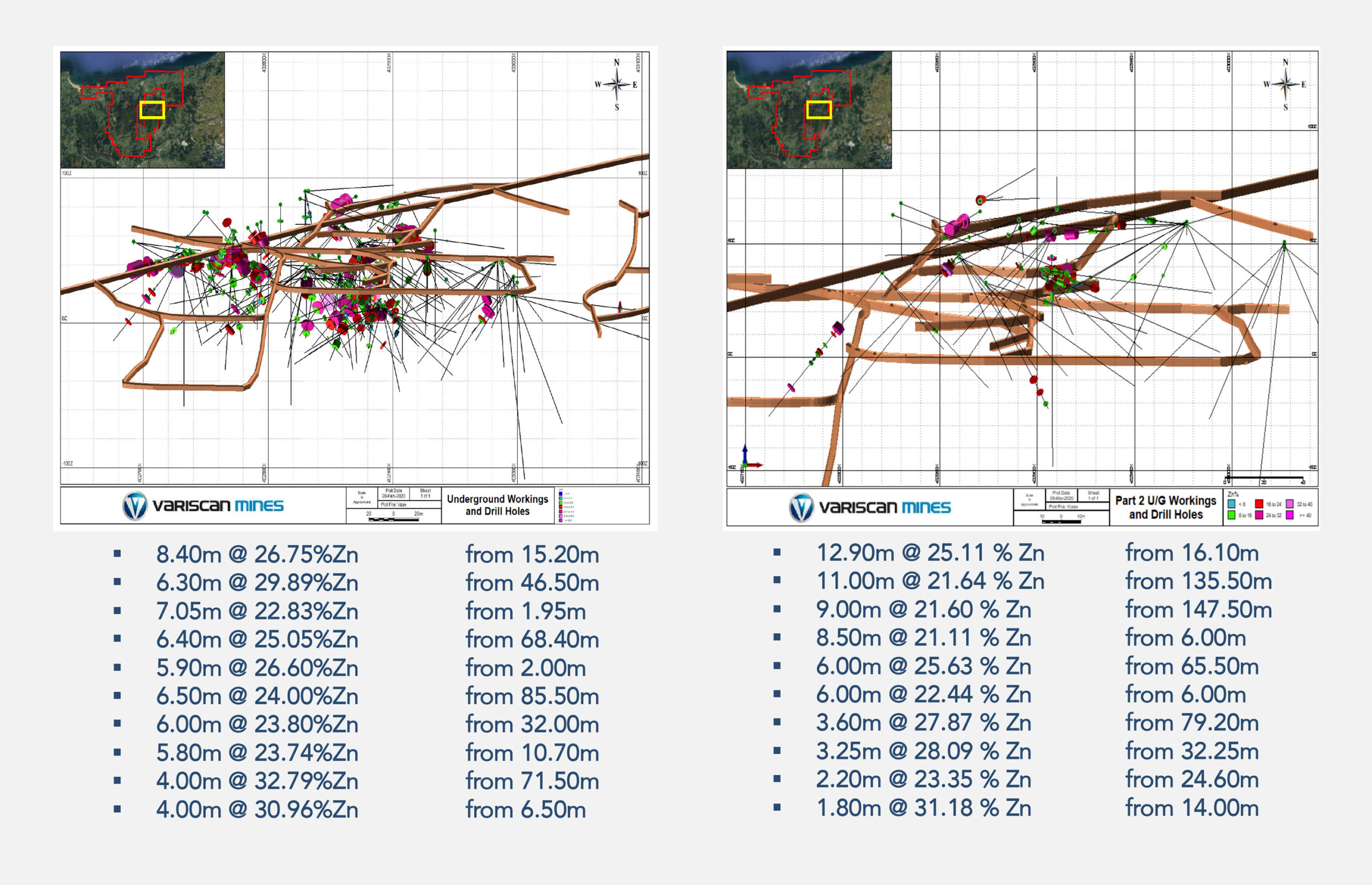
Permitting in Spain
Unfortunately, several other companies have failed to get projects permitted in Spain. Edgewater Exploration (Gold, Galicia), Astur Gold (Gold, Asturias) and fellow Australian company Highfield Resources (Potash, Navarra) have tried to bring projects into production. The first two failed (although Edgewater initially had strong political support) while Highfield Resources initiated its permitting procedure in 2015 after completing a DFS in 2015 (!) but still hasn’t obtained all permits. Of course, Cantabria is a different autonomous region, so things may be different there as in Spain the mining permitting phases are de-centralized.
Could you elaborate on the permitting process and anticipated timelines in Cantabria?
We have found there to be significant political support, at all levels, for the re-establishment of the zinc mining industry in Cantabria. It is in their heritage and DNA. Due to the autonomous regions in Spain, decisions about mineral exploration and exploitation are devolved to regional governments.
The Government of Cantabria introduced a new “Land Uses Law” which provides a clear process for project development from exploration to production. This law was approved the regional parliament on 15th May 2017 and allows exploration and mining activities without restrictions. Thereafter in 2018, the Government of Cantabria initiated a public tender process for the award of new investigation licences. The proactive policy making towards the mining industry and positive relationships with authorities gives us confidence as we move forward. Further, our already granted mining licence significantly de-risks our stated strategic objective of early production at Novales.
Do you have a local presence living full-time in Cantabria?
The local company and full-time staff are located in close proximity to the project areas and embedded in the local communities. It makes complete sense. We have open, transparent engagement with local leaders. We have signed a Technical Memorandum and Cooperation Agreement with the School of Mines at the University of Cantabria. We hope to deepen this partnership in the future.
The Zinc market
The zinc market has been volatile the past few years, what’s your view on the zinc market, the supply and demand side and what would Variscan be using/aiming for as a longer-term zinc price?
Volatility is everywhere. Coronavirus will change many of our established norms. We wouldn’t venture a numerical estimate where prices will go from here. We note the estimate produced by S&P Global Intelligence which indicates that zinc has the potential to recover more quickly than other industrial metals.
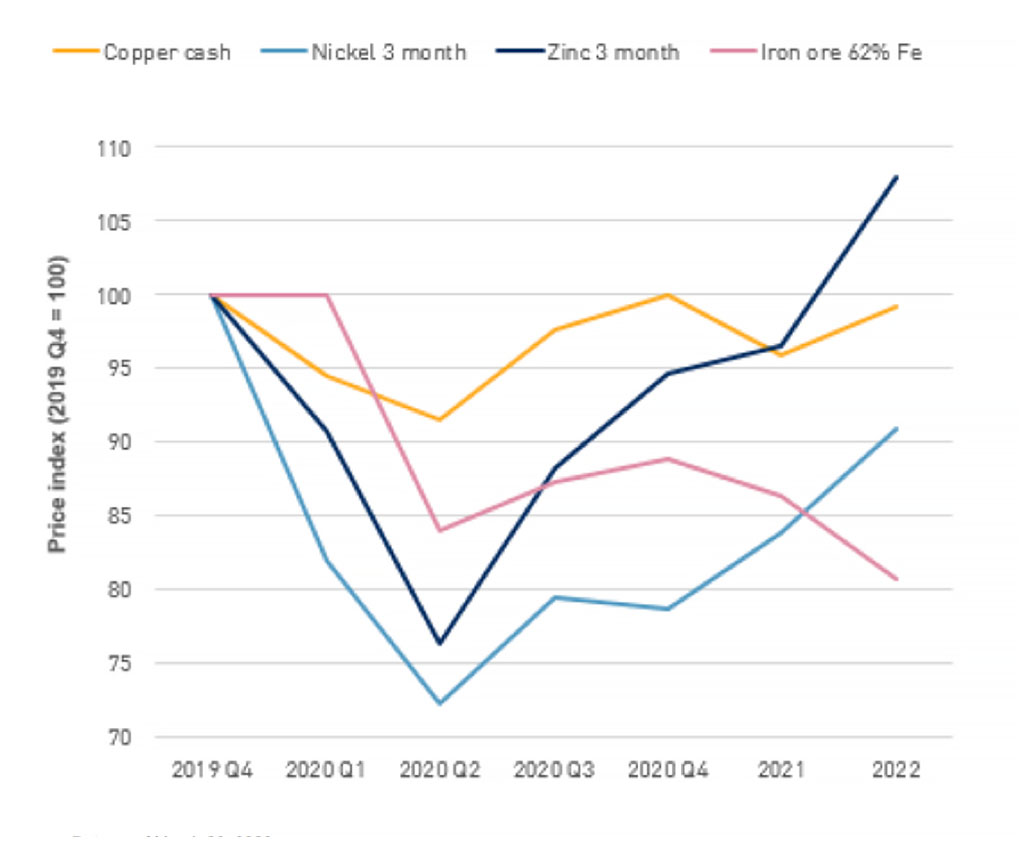
Forecasting with confidence is difficult at the best times but we see some interesting drivers to support a positive price outlook:
Unprecedented government stimulus to kick start industries and economies, e.g. the Fed’s open-ended and ‘whatever it takes’ approach. An infrastructure-led recovery is highly probable. Large scale, job creating infrastructure investments which consume large tonnages of galvanized metal can reasonably be anticipated.
Over time, national priorities will be recalibrated; self-sufficiency in the ability to produce metals and other critical raw materials will gain in importance. Europe is currently a net importer of zinc. Building resilience in supply chains will gain importance.
Supply disruptions due to the COVID-crisis could be underestimated. 20 per cent of zinc mines are now offline or operating at reduced capacity, according to UBS analysts. It takes time and money to re-start operations.
Brass (up to 40% zinc content) and copper with their antimicrobial properties will see demand increase for applications in hygiene sensitive industries. Additionally, zinc has the potential to be a game changer in the energy storage industry.
The Company
Can you provide a little bit more background about yourself? Why did you decide to leave the cushy financial world for the grind a junior exploration company sometimes is?
Prior to joining Variscan, I had spent over a decade advising smaller listed companies. I really relished the opportunity to ‘practice my principles’ as I was brought in to effect a change process. I’ve always rolled up my sleeves in previous roles and so I feel comfortable with the demands of a junior exploration company. The nature of the industry, is multidisciplinary and complex; it requires a comprehensive approach to situations, projects and opportunities.
I like to face up to a challenge whether technical, physical, political, intellectual with a willingness and desire to go out and achieve an objective or corporate intent irrespective of the circumstances. It’s the will to win mentality and the ability and desire to see a project through from inception to completion.
Any parting thoughts?
We believe the historic high-grade Novales-Udias mine in Cantabria, northern Spain, is a true near-term production opportunity. Variscan is moving quickly and logically, doing exactly what it said it would. This is a remarkable project.
Disclosure: The author holds no position in Variscan Mines. Variscan Mines is not a sponsor of the website.
